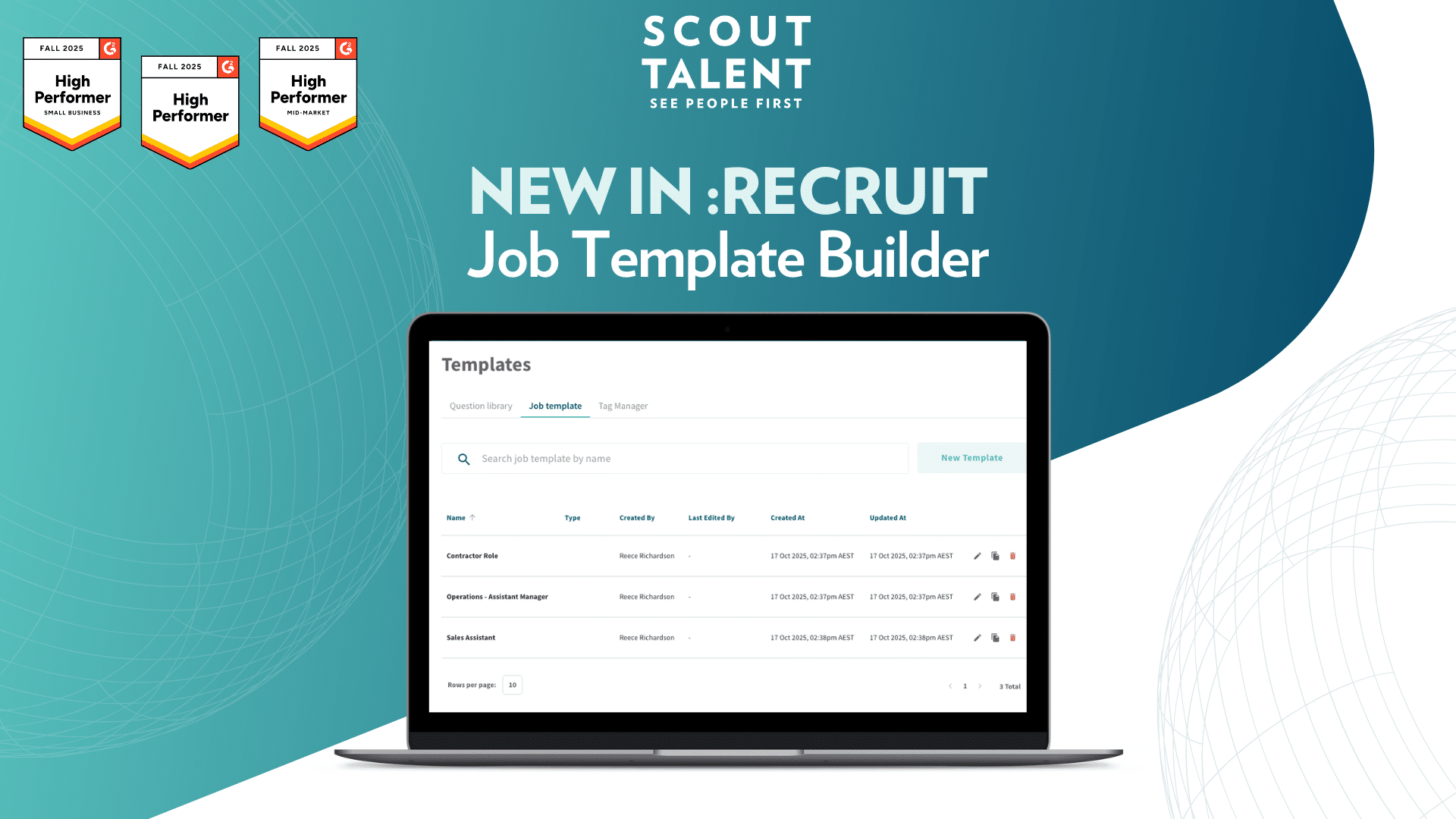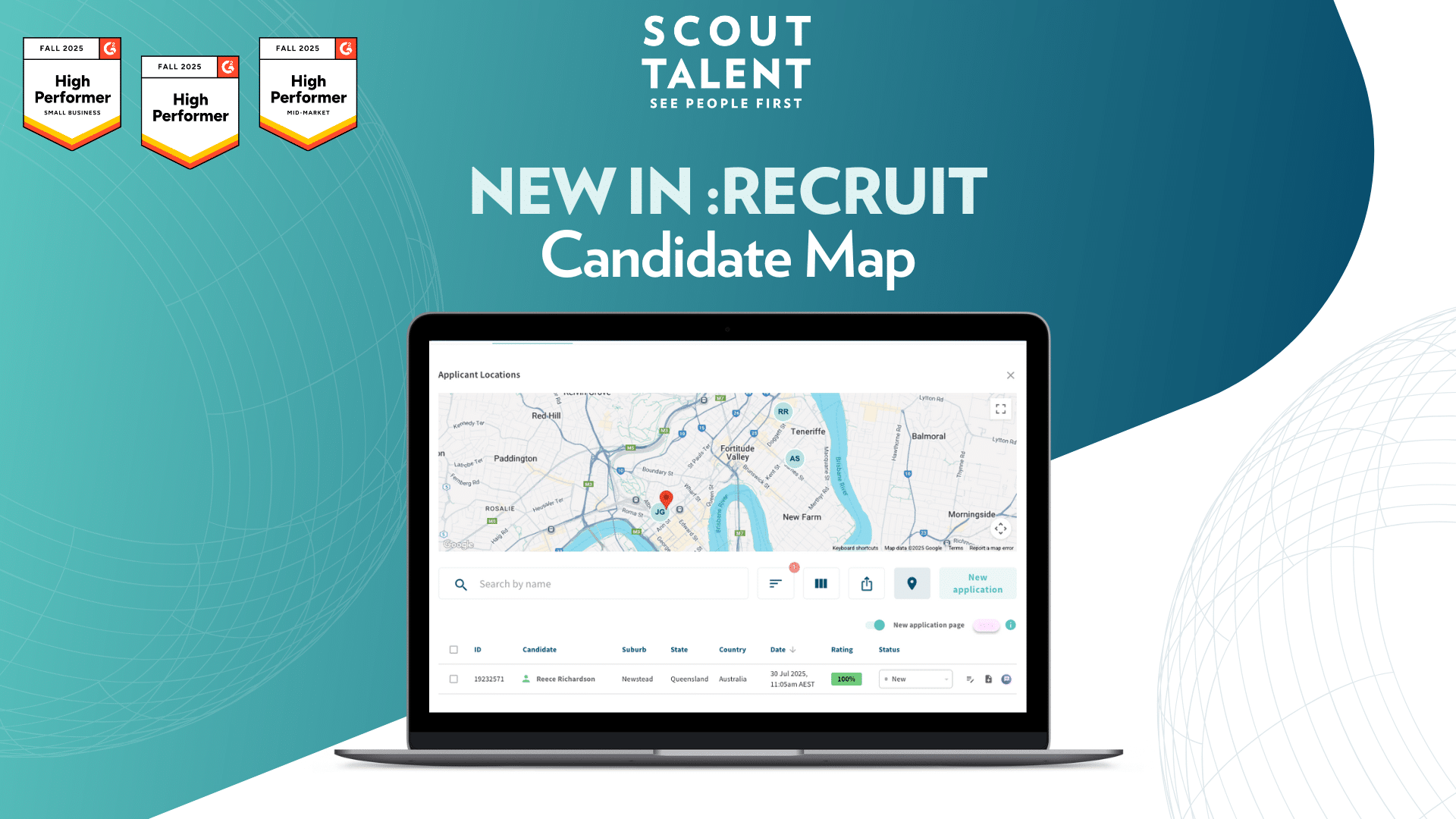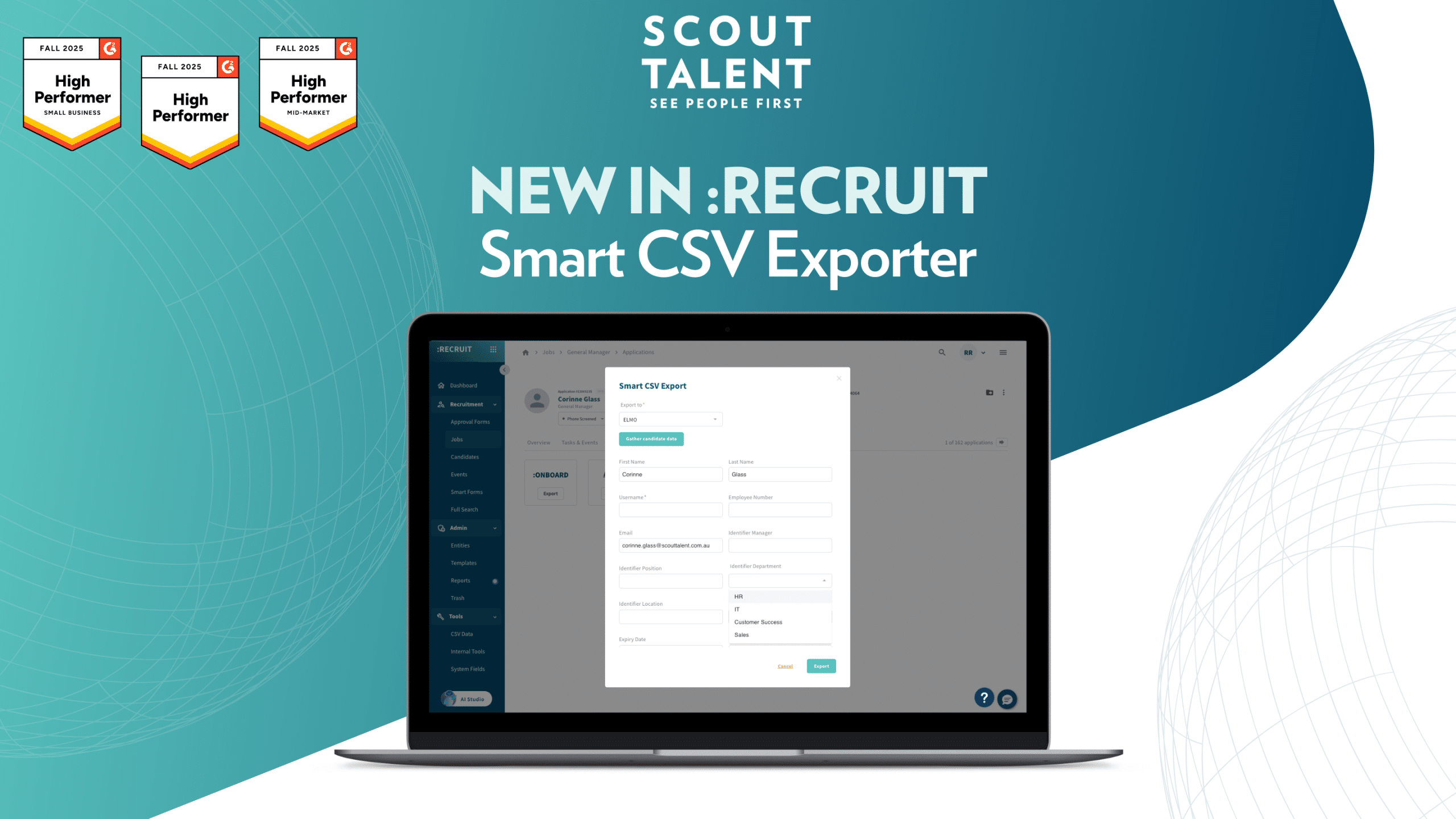We have referenced this in a lot of our previous articles, but finally, after all of this time, we are going to address what an applicant tracking system – an ATS – is.
At it’s most basic level, an applicant tracking system is a tool that recruiters and hiring managers use to collate and keep track of the open roles and applications they have received within their organization. There are a whole host of other add ons and bells and whistles that can and should help to improve your overall recruitment process, but at it’s simplest, an ATS keeps all of your applicants and candidates in one place and most importantly it helps to prevent you from missing out on top talent.
Some organizations favour using email or Excel to track their applicants but this approach typically leads to increased frustration for just about everyone involved. Receiving and tracking applications via email or excel, especially if you’re hiring for multiple roles and receiving a high volume of applications, is a certain way to increase the opportunity for human error. You’ll either quickly become overwhelmed by your inability to keep track of your candidates, your good ones will get frustrated and opt out of the process or some great candidates will slip through the cracks and you’ll completely miss out on them. What does that leave you with? Not a whole lot! This is where an ATS can come in.
If you’ve never used an ATS before but you’re interested in doing so, building a business case to invest in one is pretty easy. And don’t be too concerned, it’s much more affordable and accessible then you may think. There are a whole host of avenues you could approach this from:
You’ll attract better talent for your roles by using an ATS.
This is because using an ATS will reduce your time to hire. Some ATS’s even post your job description to job boards on your behalf, further streamlining the admin choke points of recruitment. A reduced recruitment time will help you catch that top talent quicker, who usually only stick around in your candidate pool for on average 10 days. Equally the longer a role is open, the longer it’s losing money for your organization. Reducing that time to hire is a crucial KPI of a healthy recruitment process and an applicant tracking system helps drive that KPI in the direction you want and need it to go in.
There’s a significant benefit for candidates and candidate experience
That may be an afterthought for some of you, but it’s important. Candidates that have a negative experience, and for the record never hearing any acknowledgement of your application after applying for a role is a bad experience, these candidates are likely to not apply for a role at your organization again. This will reduce your candidate pool and over time the stacking of this reduction will be noticeable. On the flip side, a positive candidate experience of feedback and acknowledgement improves your Employer Branding and makes you seem like an employer of choice in the marketplace.
An applicant tracking system makes keeping your candidates engaged, and feeling like people instead of numbers, so much more possible.
The available tools allow you in most applicant tracking systems to curate messages that go to candidates and inform them as to what stage in your recruitment process they are in, or alternatively release them from your process and thank them for their efforts. You can even use applicant tracking systems to build talent pools – which if you haven’t started already, what are you waiting for? There’s plenty of talent out there to engage with your organization and an applicant tracking system is the way to do it.
Here at Scout, our recruitment marketers use Scout: Recruit. :Recruit is built by recruiters for recruitment teams and our senior recruitment marketing specialist, Shane, had this to say about :Recruit in this week’s episode of The Talent Scout.
I use it for everything, I craft job descriptions that will speak to my target audience using it and I brand them so that they look like my clients web pages. I use it’s screening questions function to help with the shortlisting of candidates who apply and even automatically highlight or release candidates depending on their answers. It saves me so much time that I’d almost wager it would be impossible for me to carry out my role anywhere near as effectively as I do, without it.
We know that there’s an argument towards minimizing costs when it comes to recruitment, especially in this current economic climate but if you’re trying to build talent pipelines and a high functioning workforce then an applicant tracking system is paramount!
If you would like more information about how Scout Talent can get you set up with an ATS, reach out to us at hello@scouttalent.ca or click the button below.




